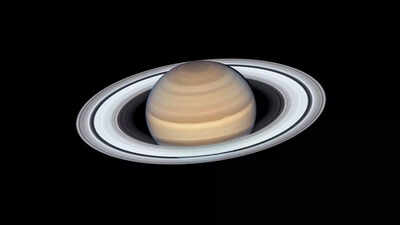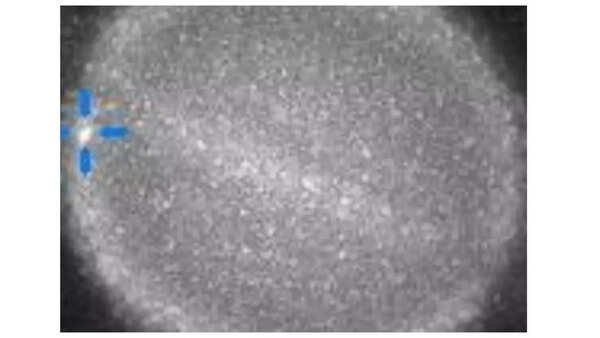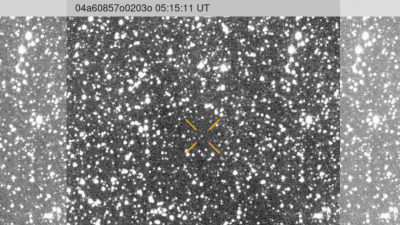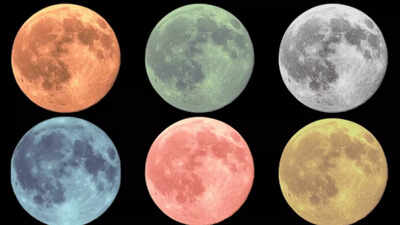Mysterious object may have crashed into Saturn, astronomers still searching for clues |

A strange glow spotted on Saturn’s surface has triggered a wave of excitement and confusion within the astronomy community. On July 5, 2025, amateur astronomer and NASA employee Mario Rana captured footage that appears to show a mysterious object crashing into the gas giant. If confirmed, this would be the first-ever recorded impact event on Saturn, a planet known for its turbulent atmosphere but elusive when it comes to visible cosmic collisions. Now, both professional and amateur astronomers are racing to analyze the footage and gather more data in hopes of solving this rare celestial puzzle.
Saturn’s elusive collisions make this discovery stand out
Unlike rocky planets like Earth or Mars, Saturn’s outer layer is made of gas, primarily hydrogen and helium. This makes it extremely difficult to observe visible signs of impact, like craters. But on July 5, a faint flash on the left side of the planet was caught in video footage during routine observation by Mario Rana. The brief glow resembled an atmospheric entry or explosion, prompting widespread speculation that a comet or asteroid may have struck Saturn.

Why this event is unusual
Studies suggest that large objects more than a kilometer wide hit Saturn roughly once every 3,000 years. While smaller meteoroids may collide with the gas giant more frequently, about 7 or 8 times a year, such impacts are rarely, if ever, directly observed. Unlike Jupiter, where previous impacts have been captured and analyzed, Saturn’s dense atmosphere tends to absorb and obscure evidence before scientists can confirm it.
Global astronomers asked to help confirm Saturn impact
The potential impact is now under review by PVOL (Planetary Virtual Observatory and Laboratory), which includes a network of professional and amateur astronomers. They have issued a public call for footage taken between 9:00 and 9:15 AM UT on July 5, 2025, urging astronomers worldwide to share any video or image data. Professor Leigh Fletcher of the University of Leicester amplified the appeal, noting that amateur footage could be crucial to verifying this rare event.Until more data is gathered, the flash remains officially unconfirmed. However, projects like DeTeCt, which uses software to scan planetary footage for possible impacts, will continue to analyze submissions. If verified, this could be a breakthrough moment for planetary science, offering insights into how often large objects strike the gas giants in our solar system and how these planets absorb such impacts.






